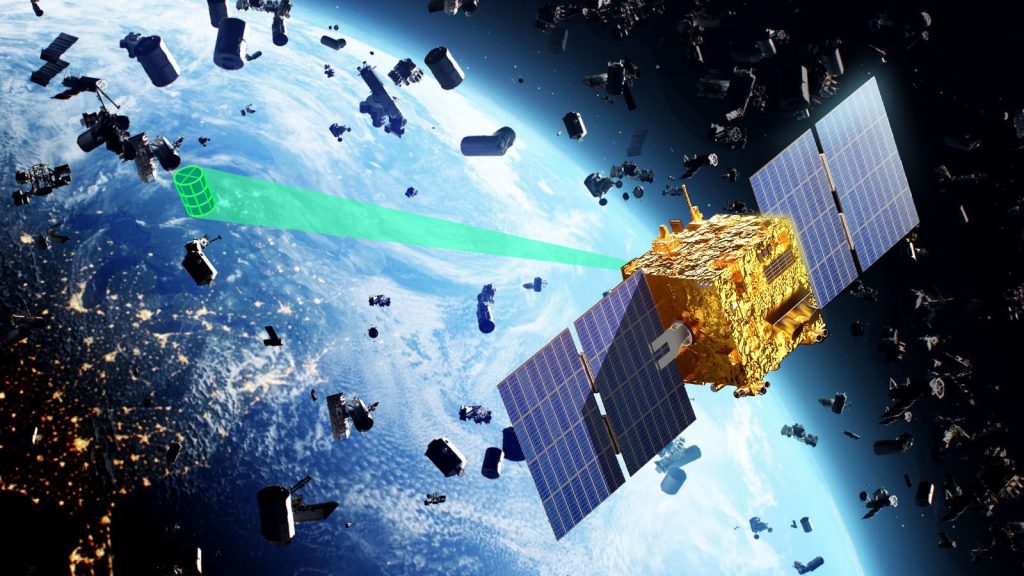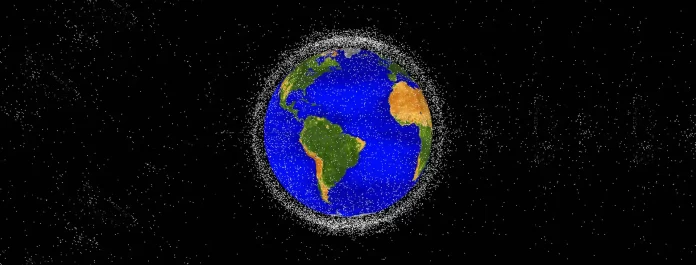Growing Space Pollution: Scientific Research on Space Technology
The Russian Federation, the United States of America, and China are all involved. In November 2022, Russia used an anti-satellite (ASAT) missile to destroy one of its old spacecraft. This destructive deed resulted in the release of thousands of trash particles into orbit, putting the International Space Station’s operations and other operating satellites in jeopardy.

The Secure World Foundation report says at least 16 ASAT tests for weapons have been performed too far, with China’s 2007 test becoming the most potentially devastating, creating about 3,000 debris particles. The United States performed the first ASAT experiment in the 1950s and has subsequently undertaken at least 3 debris-generating examinations, two in the latter part of the 1980s and one in 2008. Sequentially undertaken at least 3 debris-generating tests, two in the latter part of the 1980s and one in 2008.
What are the risks of Growing Space Pollution?
It is distressing to realize that we have carried our environmental irresponsibility into space after ruining our earth. Over the years, a large quantity of trash in orbit has been collected, comprising damaged satellites, rocket boosters, and relics of weapons testing. This space clutter offers several concerns, including potential collisions with operational satellites important to Earth monitoring. Scientific research on space technology reveals that this debris not only jeopardizes current space missions but also threatens to disrupt future advancements in space exploration. Additionally, the release of toxic substances into the atmosphere upon re-entry, ozone layer degradation, and potential impediments to future space missions to space and launches.
What are the Challenges of Removing Space Junk
Technological, geopolitical, and economic constraints hamper active debris removal. Manufacturing and launching debris removal vehicles are costly efforts, and there is a danger of worsening the situation by generating additional debris accidentally during the removal process. Recovering debris causes the exchange of potentially sensitive data regarding the design of debris items. Which can create problems about national security, foreign policy, and intellectual property. Because of these constraints, countries may be forced to remove their own satellites or those of close military allies.
Urgent Action Needed to Tackle Growing Space Pollution
It is clear that immediate action is required to address the problem of growing space pollution. Scientific research on space technology underline that international cooperation and legal frameworks are critical to effectively reducing the threats posed by space debris. Developing effective debris removal systems, applying ethical space mission practices, and encouraging sustainable space operations are critical measures to ensure space exploration’s long-term sustainability. It protects both our earth and our outer space environment from future contamination.
Threat due to Space Debris
The accumulation of space debris endangers satellites, space missions, and the Earth’s atmosphere. Space pollution is the responsibility of different nations, with Russia, the US, and the Chinese being the biggest culprits. Overcoming the obstacles connected with debris removal causes worldwide collaboration and the growth of novel solutions. By tackling this issue as a group, we can work to protect the integrity of our space ecosystem and pave the road for future exploration and scientific achievements.

